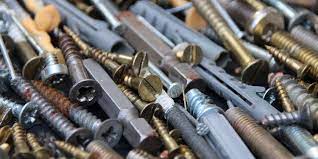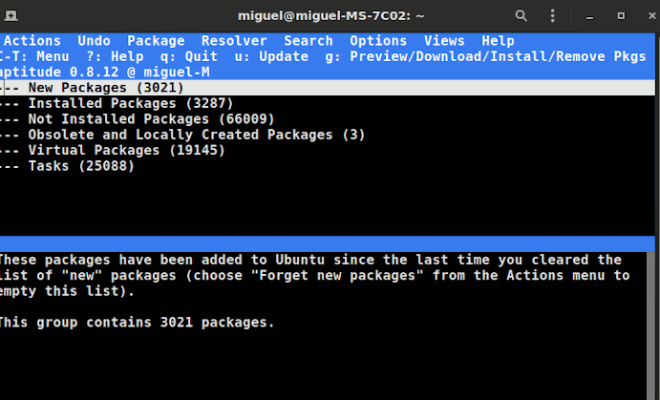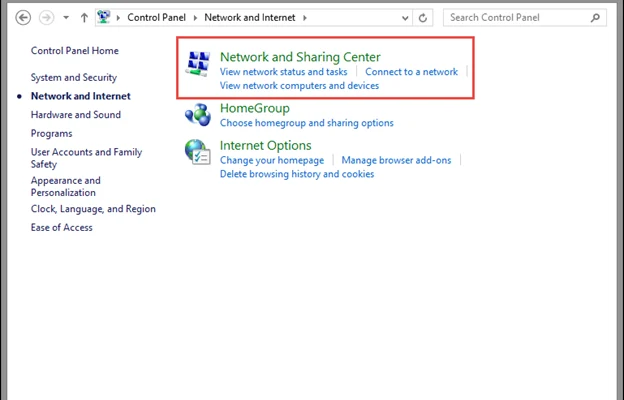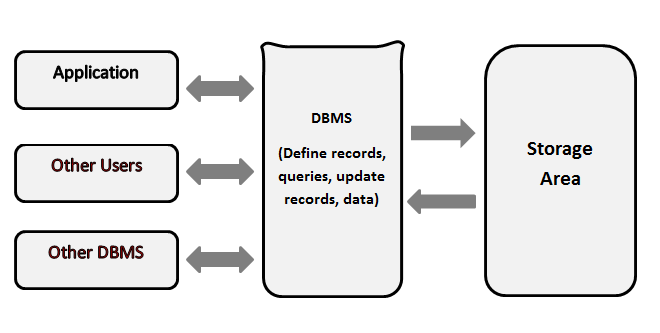Surefire Ways to Remove Stripped Countersunk Screws

Stripped countersunk screws can be a nightmare to deal with, causing frustration and delays in completing your project. These types of screws have a level or flat head that sits flush with the surface of the material, making it difficult to remove them if they become stuck or stripped.
Thankfully, there are a few tricks and techniques that you can use to remove stripped countersunk screws, without causing any further damage to your materials. Below are some of the surefire ways to remove stripped countersunk screws.
1. Using a Rubber Band
One of the easiest and most effective ways to remove a stripped countersunk screw is by using a rubber band. Simply place a rubber band over the damaged screw and press it in with your screwdriver or drill bit. The rubber band will provide the grip needed to turn the screw. This trick works best for screws that have been partially damaged or stripped.
2. Using Pliers or Vice Grips
Another effective method for removing stripped countersunk screws is by using pliers or vice grips. Clamp down onto the screw head and twist it out slowly, being careful not to distort or damage the surrounding material.
3. Using a Screw Extractor
When all else fails, a screw extractor can be a reliable option for removing a stripped countersunk screw. A screw extractor is a specialized tool used for removing stuck or stripped screws. First, drill a small hole into the center of the screw head using a drill bit. Then, insert the screw extractor and turn it clockwise to remove the screw.
4. Using a Hammer and Chisel
This method should be used as a last resort and with extreme caution. Carefully hammer the chisel into the grooves of the screw head, then turn it counterclockwise with a screwdriver. This will create additional grooves, which can provide traction to turn the screw.
In conclusion, removing stripped countersunk screws can be a frustrating experience, but there are several options available to make the process easier and more effective. Be cautious when attempting any of these techniques, and remember to work slowly to avoid causing further damage. If all else fails, a professional may be able to assist you in removing the damaged screw.





